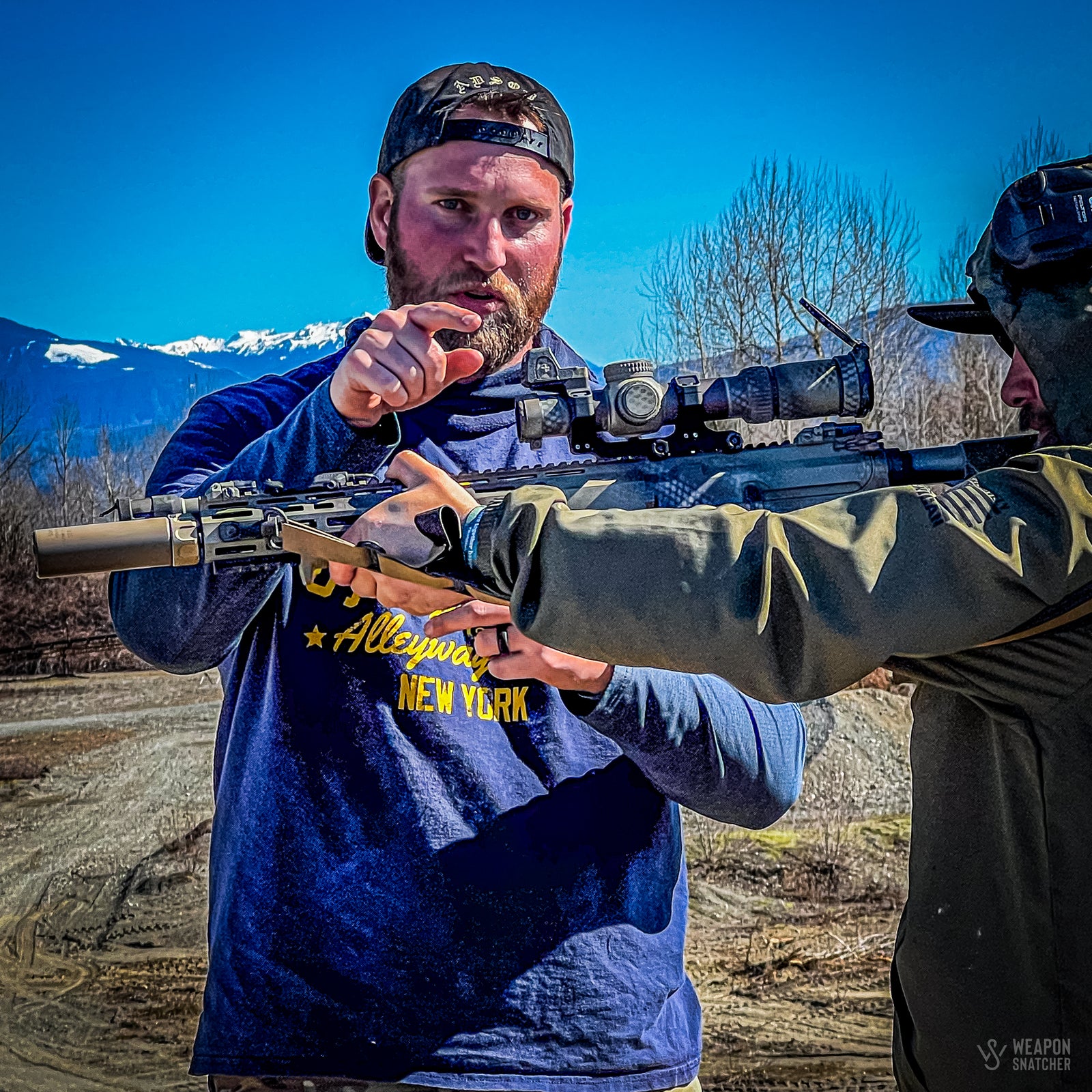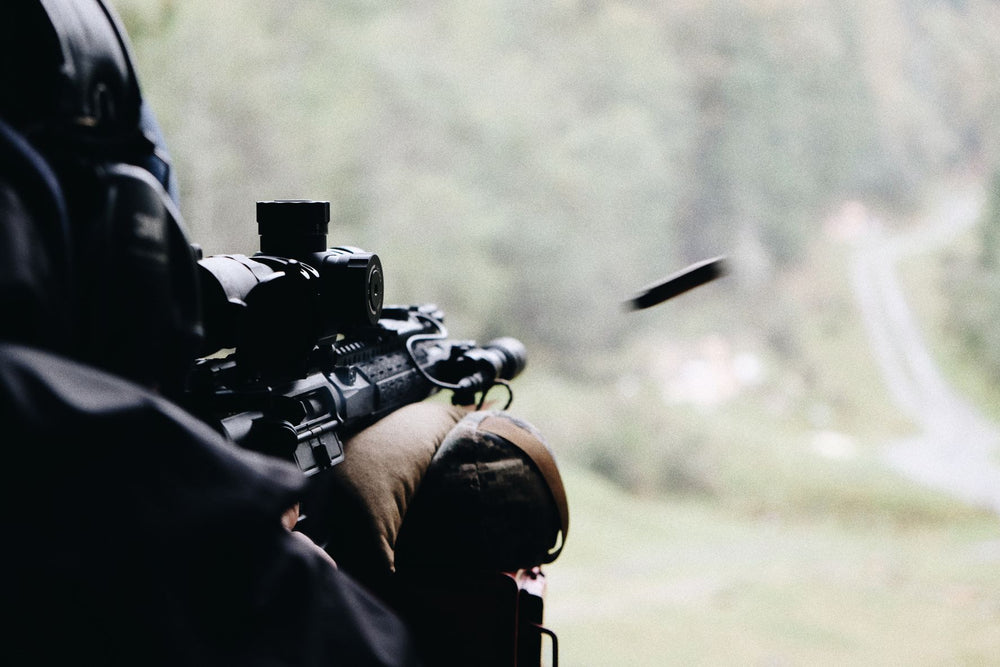Whole-Ass One Thing!

Ron Swanson from the television show Parks and Recreation is famous for saying (among other things) “Never half-ass two things; whole-ass one thing.” Too often in the civilian shooting community, I see shooters choose to half-, third- or even quarter-ass 4 things when it comes to the guns and optics, they choose to equip themselves with.
The prepared civilian generally is going to have two main missions with their rifle: home-defense and civil-defense; more importantly, the prepared civilian has limited training time and training resources. Because of this glaring limitation, and the limited scope of likely missions, the prepared civilian ought to be better at whole-assing one thing when it comes to shooting by building one or (or two, or a few) rifles that perform ballistically the same by utilizing a common barrel length and ammunition. While the user could accessorize multiple guns with practical attachments to create unique strengths, understanding what rounds are doing past the muzzle could be trained on all guns.
In today’s market, the average shooter finds themselves in a sea of options; triggers, optics, lights, and boutique controls fight for our attention and our wallet. The average prepared civilian can make themselves most effective by simplifying their builds in the features that primarily define how a shot will reach its target: ammunition and barrel length. There is no shortage of articles and videos out there with the sole purpose of getting you to believe in a goldilocks solution to your desire to be an effective shooter, whatever that means to you. The truth is, there’s 100 brands of ammunition and barrel that will treat you well as a shooter when it comes to reliability, terminal effect, and accuracy, but they all do something different as they travel from muzzle to target. Therein lies the primary problem when it comes to the constraints placed upon the prepared civilian; we all know that 55-77gr bullets from 10.5-20” barrels will put hits on steel at 400yds, but if you’re like me, its near-impossible to remember the unique behaviors given any specific combination of the two. To cut through the confusion, shooters would do well to settle on one combination that meets their likely needs and accept the capabilities and limitations of the pairing.
While I’m not writing about a new idea, I am putting a new spin on it. You’ve probably heard the saying “Beware the man with one gun.” Meaning a shooter who masters one rifle is going to be highly proficient maneuvering with it and understand its manual of arms, ballistics, and remedial actions. I believe that given modern manufacturing, you can choose to use the same ammo and barrel length and have this adage extend to multiple rifles set up for different applications. For myself, I have chosen to use ADI 5.56 62gr for my home-defense and civil-defense guns (the various reasons for this will be discussed in a future article). These guns are set up slightly different; most notably, one wears a red dot and magnifier, and the other an LPVO with a 12 o’clock dot, but they both shoot the same ammunition from a 14.5” barrels with .223 Wylde chambers. They have almost identical muzzle velocities and, as a result, DOPE. Despite having built two guns for unique missions, I am able to maximize my training time to an extent because a majority of lessons learned putting rounds downrange with one directly apply to the other.
The modern rifleman is perpetually faced with influencers trying to convince them that a new round, barrel length, or other component is going to make them uniquely capable in an equally unique scenario. The unfortunate truth is each of these builds will make you underequipped for more scenarios than not. Instead of complicating your training requirements, most shooters would greatly benefit from having fewer options. Lots of training plans revolve around learning how to use your rifle in the scenario it was built for, but mastering your go-to rifle means knowing how to accomplish most tasks with it whether the rifle was optimized for that situation or not. Instead of constantly purchasing new hardware to solve problems, learn what your chosen barrel length/ammunition pair solves best and worst, then create realistic contingencies for those least desirable contexts. If the prepared civilian ever does have to go to work with a rifle, they only have hands for one; make sure you’re holding something that is intimately known!
Author: Brian McNeilly





Leave a comment